Subsiding geomagnetc storm lit up both poles with bright auroras
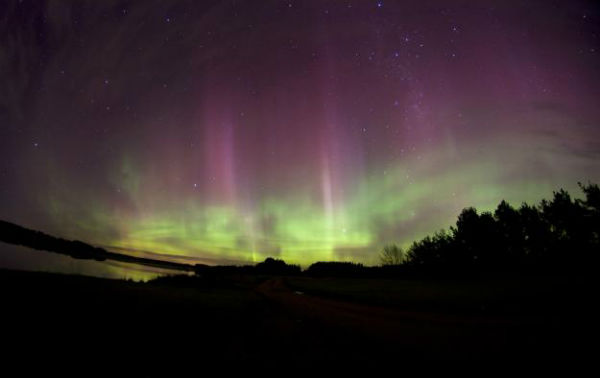
The Kp index dropped below the Minor Geomagnetic Storm threshold (Kp=4). Minor storm flareups at high latitudes could still take place for the remainder of the day. Geomagnetic Storming continued during the day at very high latitudes as effects from an incoming CME shock. The Kp index initially reached moderate G2 Geomagnetic Storm status (Kp=6) and S1 solar radiation storm level.
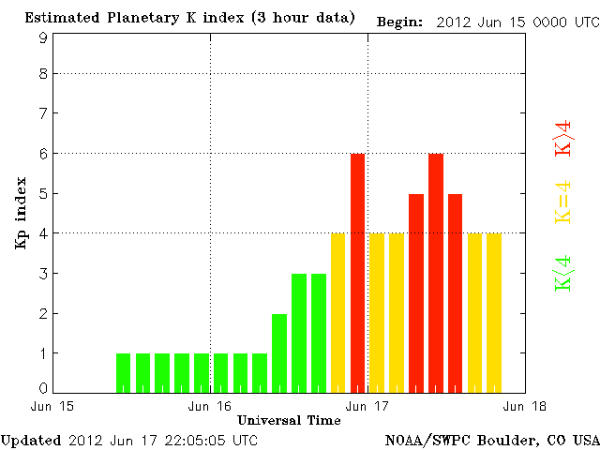
Three sudden impulses were observed on Sunday(28nT, 28 nT, and 25 nT according to Boulder USGS magnetometer). ACE data indicated three shock arrivals at around 09:00, 19:31 and 20:31 UTC. Solar wind speed ACE increased to around 425 km/s and total field strength reached 10 nT with the first shock passage, 450 km/s and 17 nT with the second, and 530 km/s and 34 nT with the third. The greater than 10 MeV proton event began at 19:55 UTC, reached a maximum flux of 14.4 PFU at 20:20 UTC, and remains in progress at the time of forecast.
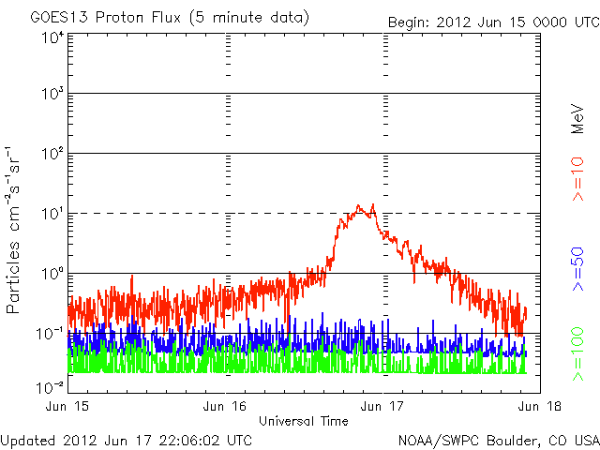
Geomagnetic field activity is expected to be unsettled to active with a chance for minor storm levels. Conditions are expected to decrease to quiet to unsettled on day 2 (18 June) as the CME effects subside. On day 3 (19 June) conditions are expected to be mostly quiet.
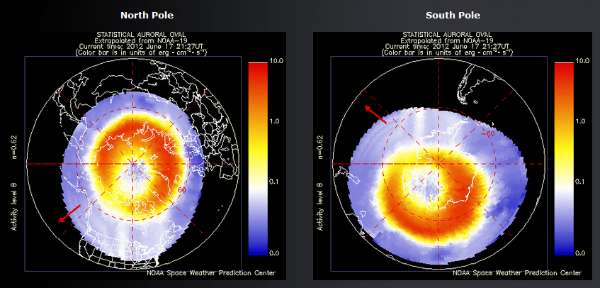
The CME hit, which strongly compressed Earth’s magnetic field, lit up both poles with bright auroras. In the Americas, Northern Lights descended as far south as Oregon,Michigan, Wisconsin, Minnesota, Iowa, Washington, and the Dakotas.
Solar wind conditions in the wake of the CME favor continued disturbances. NOAA forecasters estimate a 55% chance of more high-latitude geomagnetic storms during the next 24 hours. Sunspot 1504 has a ‘beta-gamma’ magnetic field that poses a threat for strong M-class solar flares. There are no large coronal holes on the Earthside of the Sun.
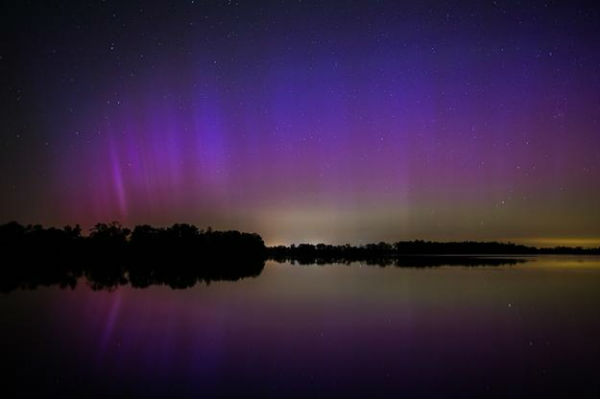
CURRENT CONDITIONS:
Solar wind
speed: 399.1 km/sec
density: 1.2 protons/cm3
The Radio Sun
10.7 cm flux: 135 sfu
Planetary K-index
Now: Kp= 4 unsettled
24-hr max: Kp= 6 storm
Interplanetary Mag. Field
Btotal: 11.2 nT
Bz: 7.6 nT south
Featured image: Aurora seen near Invercargill, Southland, New Zealand (Credit: Stephen Voss)

[…] Another good source of information about this CME and others is The Watchers. […]